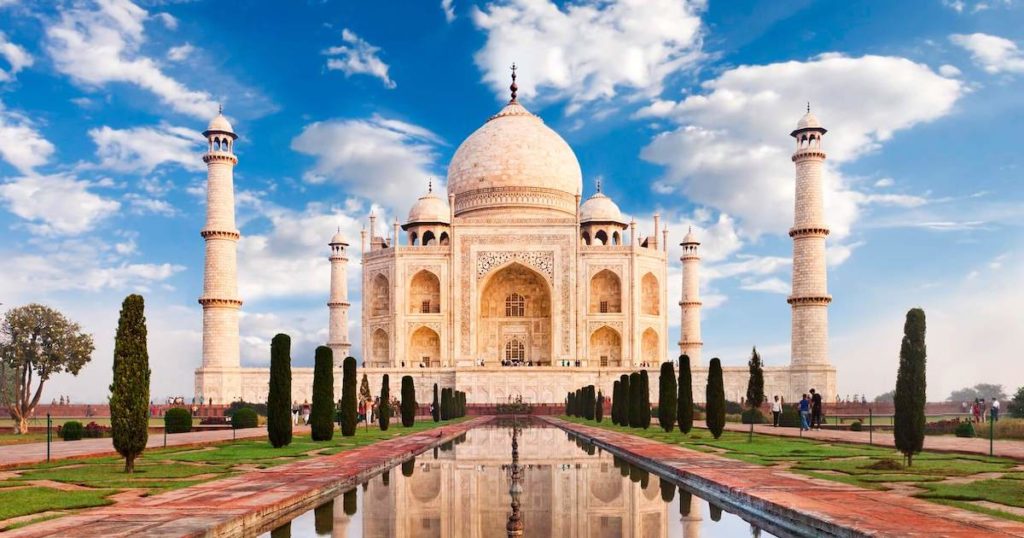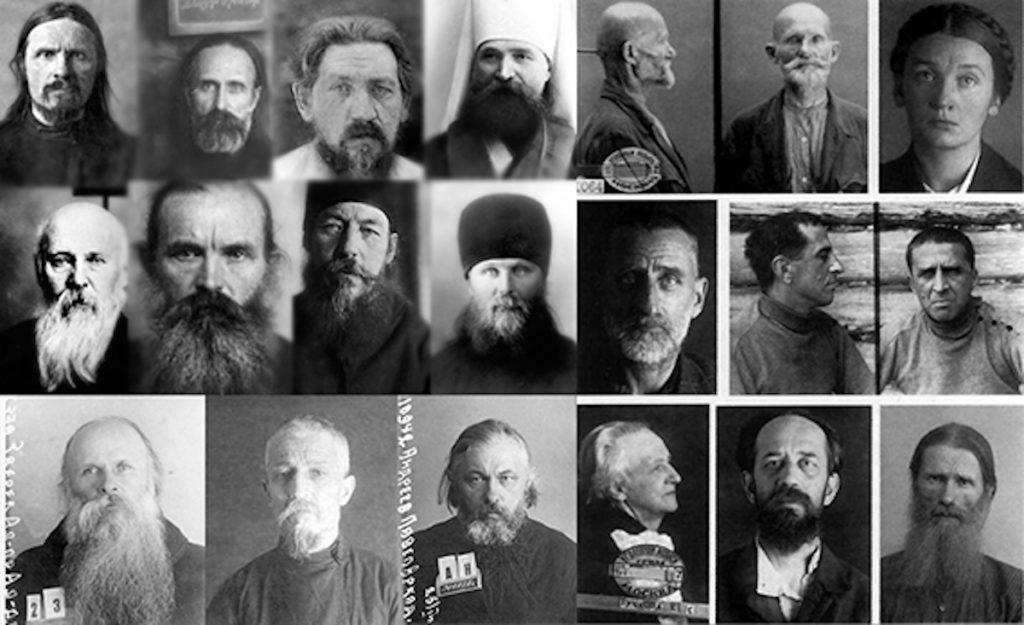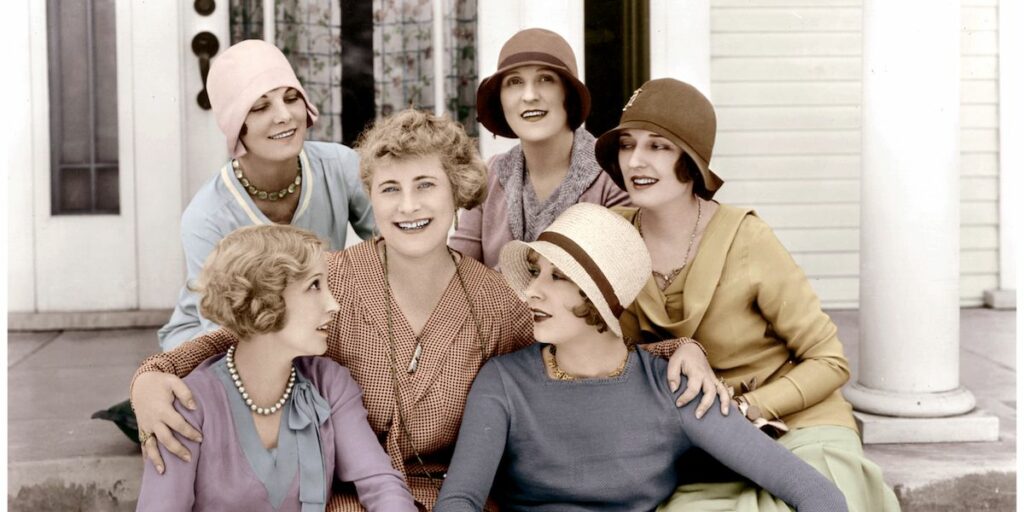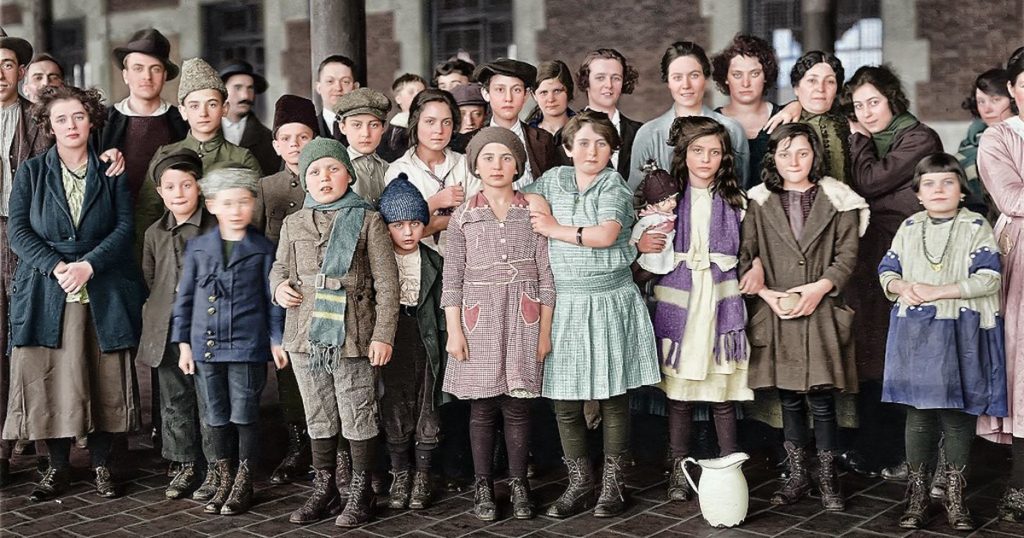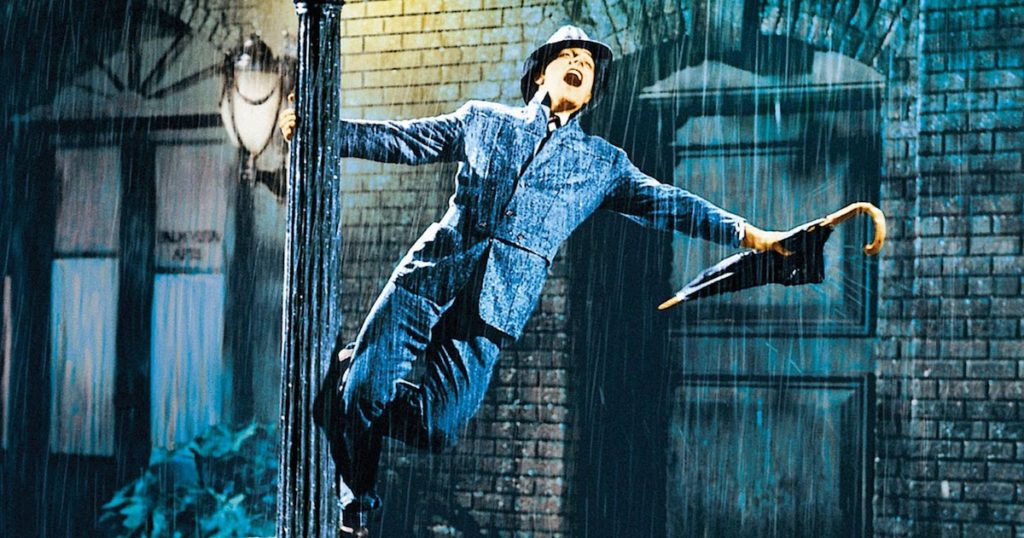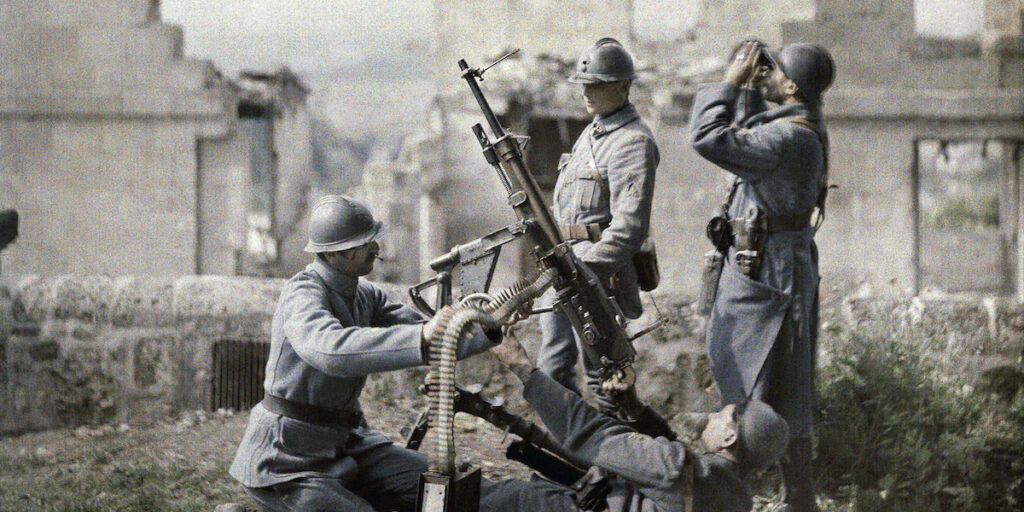
11 Modern World History Virtual Tours
Modern World History is a leviathan of a topic, spanning from the Enlightenment to the end of the twentieth century. Dave Raymond discusses historical figures and events from Rousseau to Austen, Queen Victoria to President Wilson, World War II to the fall of the Berlin Wall. These were decades of massive change.
This list of eleven virtual tours will help your students grasp the wide variety of historical topics they will learn about in Dave Raymond’s Modernity class. If you’re looking for more resources, head over to our blog where you can find different book and movie lists to complement all of Dave Raymond’s history courses.
1. Palace of Versailles
France is a nation known for beauty, wine, and food. Her relationship with England is legendarily complicated. Snobbery is almost synonymous with the French people. Wars are sprinkled liberally throughout her history, such as her many Revolutions. The most famous of these occurred between 1798 and 1799. It was during this revolution that the beautiful Marie Antoinette was beheaded, signifying the French people’s hatred for the royals. The Palace of Versailles was at the center of the insanity, a standing symbol of everything wrong with the monarchy.
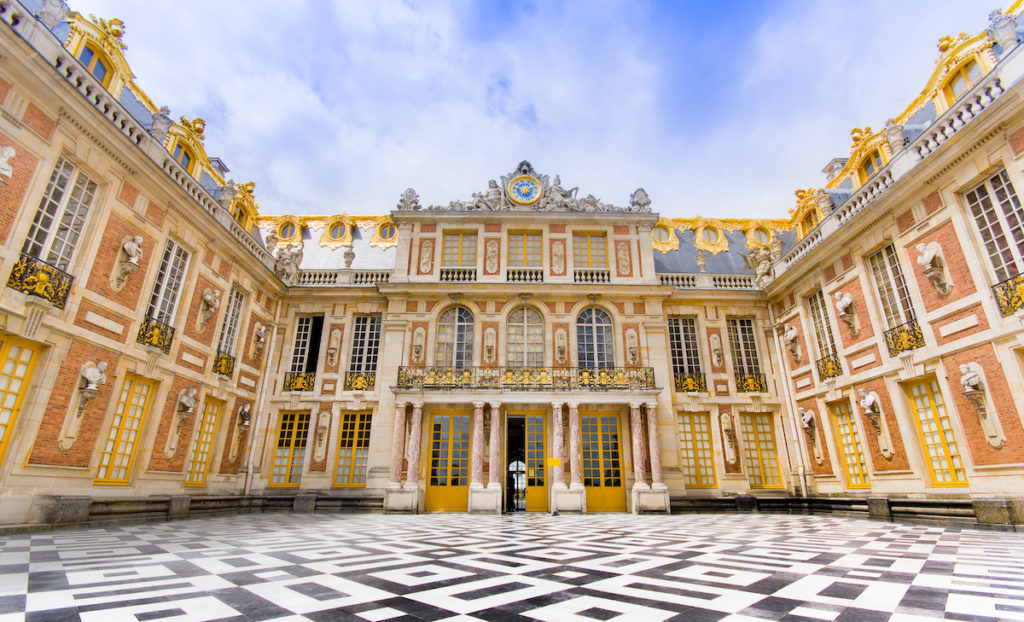
Destruction goes hand in hand with revolutions, but amazingly Versailles was spared. It is one of the most exquisite pieces of architecture in the world, renowned for its Hall of Mirrors and extensive grounds. Interestingly, the palace played another important part in history over a hundred years later. The Hall of Mirrors hosted the gathering of world leaders and politicians who signed the Treaty of Versailles, ending World War I. You can take a by take a virtual tour of the interior of the palace, the exterior, and the grounds by clicking here.

2. Victoria and Albert Museum
Until 2015, Queen Victoria was Great Britain’s longest reigning monarch, ruling for sixty-three years. As the only child to the fourth son of a king, it seemed impossible she would become one of the greatest monarchs in the world. However, on June 20th, 1837, she was crowned queen of the British Empire at just eighteen years old. During her rule, Great Britain grew swiftly in economic resources and political prowess. By the end of her reign, the Empire controlled Canada, India, Australia, New Zealand, as well as areas of Africa and South America.

“My dearest Albert sat on a footstool by my side and his excessive love and affection gave me feelings of heavenly love and happiness I never could have hoped to have felt before… Really, how can I ever be thankful enough to have such a husband!”
– Queen Victoria
Victoria left her mark on the world politically and personally. In 1840, just three years into her rule, the young British queen married Prince Albert of Saxe-Coburg and Gotha. The couple were completely devoted to each other throughout political scandals, economic trouble, and nine children. When Albert died of typhoid in 1861, Victoria wore black till her death in 1901, forty years later. Historians agree that Victoria’s love and respect for Albert made her a better and more capable ruler.

Known as the “Grandmother of Europe,” Victoria’s nine children made advantageous marriages across the continent, resulting in a lasting familial and political legacy. Today, five of the remaining twenty-eight monarchies in the world are directly related to Victoria and Albert. This marriage is arguably one of the most important in world history. In 1858 the Victoria and Albert Museum opened in London in honor of the royal couple. A museum dedicated to design and the arts, it houses over two million objects. You can view the collections by clicking here.
3. The Titanic
One of the most famous tragedies in world history, the wreck of the Titanic is fascinating to this day. Because of the nature of the tragedy, there is some question about how much of the story has been exaggerated and how much is reality. However, we do know the Titanic sank because it hit an iceberg, ultimately killing over 1500 men, women, and children.

Titanic was not discovered until September 1, 1985, almost three quarters of a century later. Artifacts have been retrieved from the wreckage and are on display in various museums such as Titanic: The Artifact Exhibit in Orlando, FL and the Titanic Museum in Pigeon Forge, TN. However, unless you live near these areas of the country, it may be easier to view the ship virtually. Click here to view the shipwreck and here to see a recreation of what Titanic probably looked like when she first set sail in April of 1912.
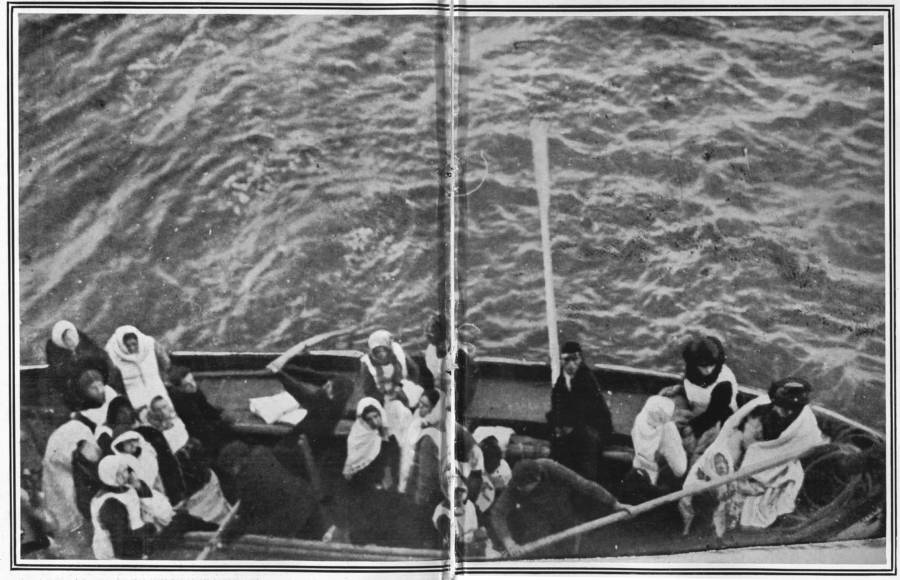
4. National World War I Museum and Memorial
It was the war to end all wars. Fifty million men dead and even more wounded. Involving over thirty nations, World War I was fought from 1914 to 1918. Four years of terror, loss, and unbelievable grief. Its beginning is complicated to say the least, but the most basic summary of the prior years is that the world was in a period of massive change. Empires split into nation-states that then joined into recognized countries. Alliances formed between these new countries and those that had maintained world power for generations. The western world was teetering between calm and chaos.
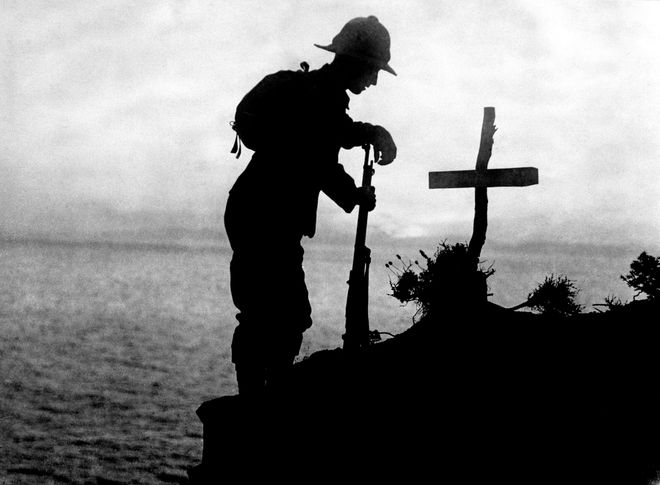
“They shall grow not old, as we that are left grow old: Age shall not weary them, nor the years condemn. At the going down of the sun and in the morning, we will remember them.”
– Laurence Binyon
On June 28, 1914, Archduke Ferdinand of Austria and his wife were murdered by a Serbian assassin. As the heir to the Austrian throne, this act of violence threw Europe into an upheaval of the old world. Alliances were called upon when Austria-Hungary declared war on Serbia. Germany, a nation only a few decades old, took the side of Austria-Hungary and the Ottoman Empire.
Only two months after the assassination, Germany invaded Belgium, pulling Great Britain into the war. At this point, most European countries realized they would have to align themselves with the Allies or Central Powers and Europe began to break apart. Ultimately, over thirty countries became involved in this horrific war.

Four years later the world tried to come together once again, but the damage had already been done. The world could never be the same again. Twenty-five years later, the War to End All Wars would be known as the First World War. Kansas City, Missouri is the home of the World War I Museum and Memorial. If this is too far a drive for you family, click here to take some virtual tours of the exhibits.
5. Museum of Modern Art
Modern art is controversial, to say the least. Often disturbing and bizarre, there are some who hold it to be the culmination of talent and others who declare it a category of confusion. Whatever one’s opinion is, it must be admitted that the genre has its place among Impressionism, Realism, and Romanticism due to its originality.


There is a distinct historical connection between the origin of modern art and the decline of culture. Starting in the 1890s, artists began experimenting with dimension, perspective, and reality that reflected the rapidly changing times. There will never be an answer to the age-old question: does art imitate life or life imitate art? As humanity began losing faith after World War I, art grew more and more macabre. The genre is a fascinating one since it is so representative of its time. Your students can take a virtual tour of the Museum of Modern Art in New York by clicking here.
6. The Mob Museum
Frank Dillinger. Al Capone. Pretty Boy Floyd. Bonnie and Clyde. These are mobsters infamous for their unbelievable robberies and murders. The 1930s was an era of “Public Enemy Number 1,” bullet-riddled cars, and shocking newspaper headlines. Many of these men and women are now romanticized by Hollywood, yet the fact remains they were dangerous people with little to no regard for those who stood in their way.

Crime was rampant throughout the United States during the 1920s and 1930s due to Prohibition and the Great Depression. Mafia leaders and crime bosses raged when the federal government passed the eighteenth amendment in 1919, outlawing the sale or purchase of alcohol throughout the country. This started a wave of bootlegging and smuggling that was matched by heavier law enforcement. Unfortunately, these measures resulted in a retaliation of homicides, burglaries, and general assaults.

This was a highly dangerous and uncertain time in America’s history. If your students are interested in the men and women who helped define this era, there is a museum in Las Vegas dedicated to the 1920s and ‘30s Mob: The Mob Museum. You can take a virtual tour by clicking here.
7. Franklin Delano Roosevelt Museum and Library
Franklin Delano Roosevelt left a lasting mark on the United States in more ways than can be counted. He is the reason presidents now have a term limit of eight years. In 1933, he implemented the New Deal, a series of federally funded programs meant to fix the nation-wide depression. Some of these are still in use today like the Tennessee Valley Authority (TVA), Social Security, Federal National Mortgage Association, and welfare. It was during his leadership that America entered Word War II, a decision that changed the future of the country.

“The only thing we have to fear is fear itself.”
– Franklin Delano Roosevelt
A confident, brilliant politician, Roosevelt dealt with his fair share of personal problems as well as political. Polio was sweeping the nation during the first few decades of the twentieth century and Roosevelt fell victim to the disease in 1921. He completely lost the use of his legs but managed to convince the American people, while president, that he was able to stand for short periods of time.
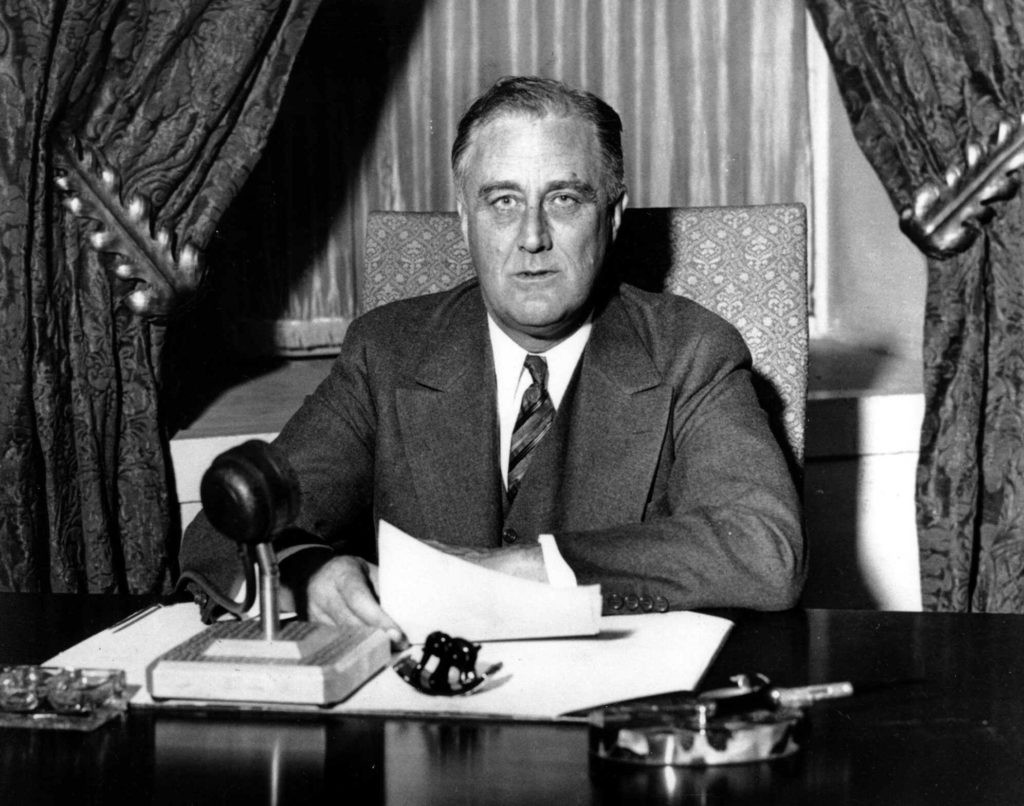
Our thirty-second president is one who has remained controversial since the beginning of his political career. America would not be the same country without his leadership. Like every president, you can visit the library named for him and his museum in person or through a virtual tour.
8. Anne Frank House
Born in 1929 as the youngest daughter to a German-Dutch-Jewish, middle class family, Anne Frank has become one of the great symbols of the Holocaust. She and her family lived in Amsterdam, Netherlands as Hitler and the Nazis took over Germany, making their anti-Jewish agenda terrifyingly clear. By July 1942, the Netherlands were German-occupied and the family went into hiding in concealed rooms in Otto Frank’s office building. For two years Anne lived in secret, but in August 1944 the Gestapo were alerted to the Frank’s hiding place and arrested them all.
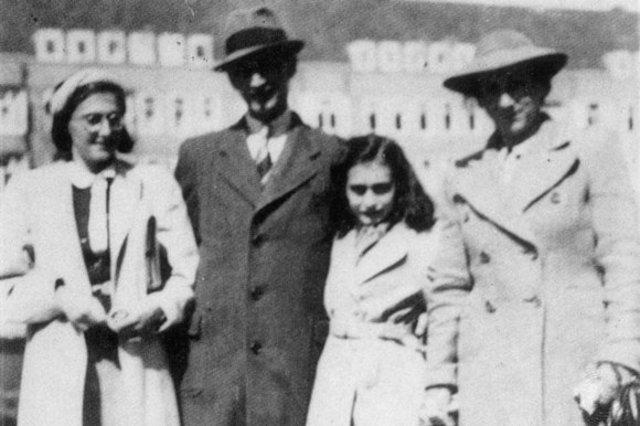
Anne’s life came to a quick and tragic end after the family’s discovery like so many millions of other young girls. If it were not for a diary she kept during her years in hiding and her father’s survival, the world would have no idea who this teenage girl was or why she and so many others should be remembered.
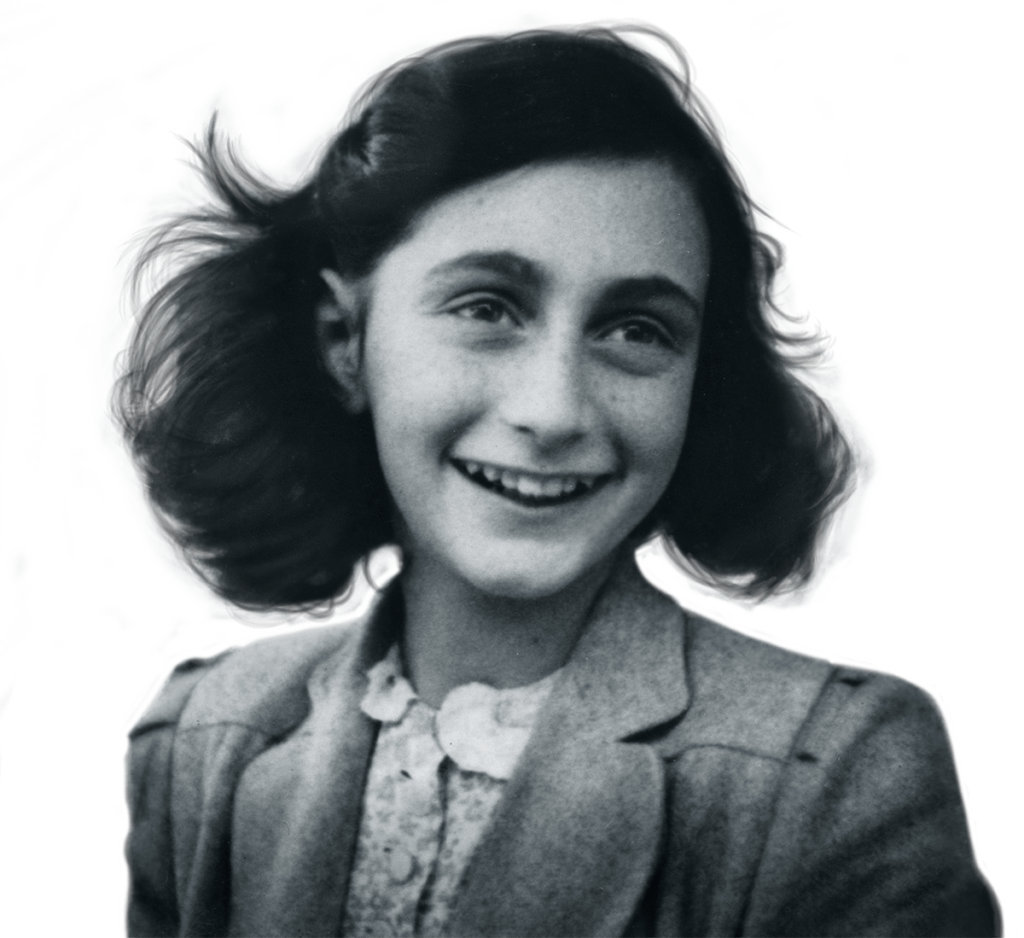
“Where there’s hope, there’s life. It fills us with fresh courage and makes us strong again.”
– Anne Frank
The Frank’s house is still standing in Amsterdam and open for visitors. A few years ago a virtual tour was provided for those who cannot travel that far. Anne Frank is now memorialized as one of millions murdered by the Nazis. Yet, it is humbling to see her house and realize just how normal her life once was.
9. Auschwitz Concentration and Extermination Camp & Museum
The most sobering entry on this list, Auschwitz remains the site where over a million Jews were murdered. They were not the only people group targeted at this concentration camp: almost seventy thousand Poles and twenty thousand Gypsies were exterminated as well. It was also a place where Soviet prisoners were kept until the end of the war.

“Through the steam, I saw a sign: ‘Auschwitz.’ I didn’t know what it was, but a minute later, I found out.”
– Henry Meyer, Auschwitz survivor
When the Nazis invaded Poland in 1939, they maintained control of the country until May 1945. Auschwitz was constructed in early 1940 and became operational in May of that year. Known across Europe as the Nazis’ biggest extermination and concentration camp, Auschwitz is at the very center of the Nazi regime and the Holocaust. Historians now agree that Hitler’s government established over 1,000 concentration camps throughout their control of Europe.
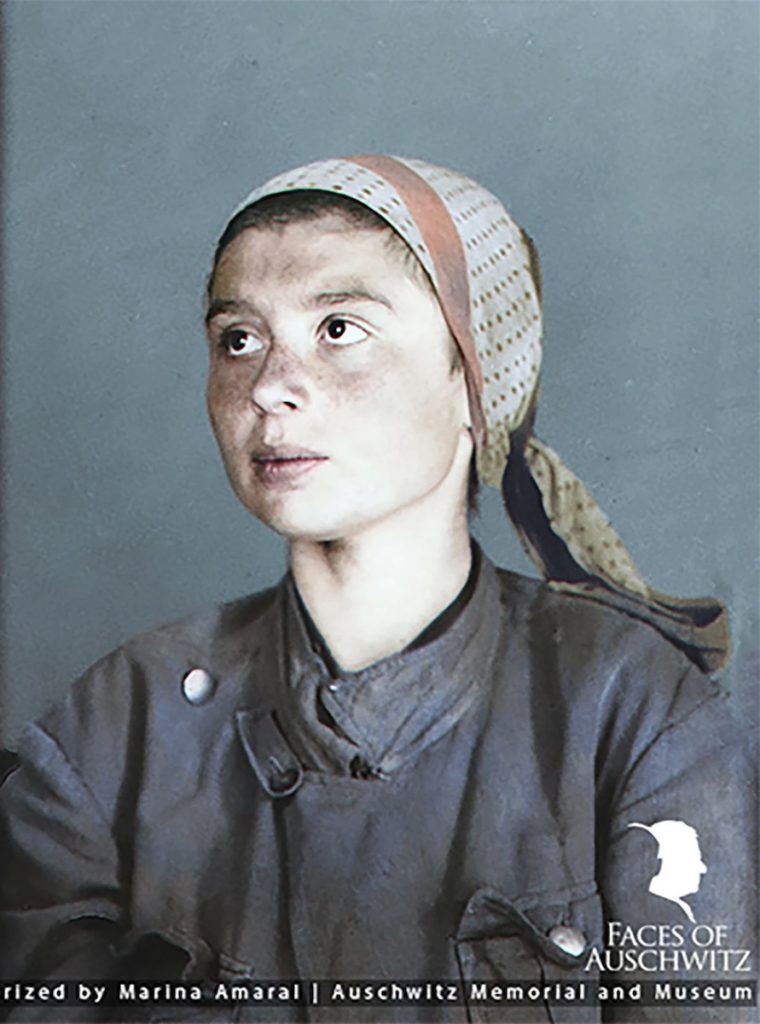
“They brought us into Auschwitz. I could see the chimneys burning, smell the smoke. I did not think about it. They gave us tattoos: 33076. I did not have a name anymore; just a number.”
– Sara Polonski, Auschwitz survivor
Living in the twenty-first century we are generations removed from those who endured this horrific era. There are many different ways to “bring home” the reality of World War II as your students study the various battles, generals, and atrocities. One such way is by virtually touring concentration camps. You can click here to view the Auschwitz official website if you or your students want to learn more about this specific camp. If you want to view the camp, click here to access a virtual tour.
10. The National Flight Museum
One of the biggest accomplishments of the twentieth century is aviation. Scientists going farther back than Leonardo da Vinci have been trying to “harness the wind” and soar like the birds. Many took steps in the right direction, laying a foundation for the future, but it was not until December 17, 1903 in Kitty Hawk, North Carolina, that the possibility of humans flying became a reality. Orville and Wilber Wright are the two men we have to thank for the airplanes we use today.

By World War I, countries began to realize just how necessary aircraft was to fighting and winning a war. This led to a massive increase in aviation production throughout the world as politics began to heat up in the 1930s. It was after World War II that engineers and scientists started working on safe ways for civilians to fly, making travel easier and faster. Naturally, it was difficult at first for the majority of Americans to afford such luxurious and newfangled travel, but it quickly became a much more affordable option by the 1950s.

Modern aviation is fast, streamline, and efficient. In 1980, 0.8 billion Americans were flying across the country in comparison to the 4.6 billion in 2019. Population should be taken into account when looking at these numbers but it is still incredible how many Americans depend on airplanes. The Museum of Flight in Seattle, WA offers some wonderful virtual tours if your students want to know more about the history of aviation or the engineering of different types of aircraft.
11. Johnson Space Center in Houston, TX
Space travel: a concept that has fascinated children and adults for over a hundred years. In 1926, Dr. Robert H. Goddard became the first man to successfully launch a liquid-fueled rocket into the air. Thirty-two years later, NASA launched her first rocket: Pioneer I. Since then, NASA scientists and astronauts have worked tirelessly to help mankind see beyond the Earth.

The Cold War spanned around forty-five years, beginning in the 1950s and ending in 1991 with the fall of the Berlin Wall. A complicated war, one of the biggest aspect of it was the Space Race. On the surface it seemed the United States and the Soviet Union were competing for first place in outer space, but in reality, the countries were competing for first place on Earth. It was a power play.

NASA has museums and space centers across the country but the Johnson Space Center is one of the most famous. It is a fantastic field trip idea if you live in the area, but if you don’t, check out this link to look inside the Starliner/CST-100 and the International Space Station.

